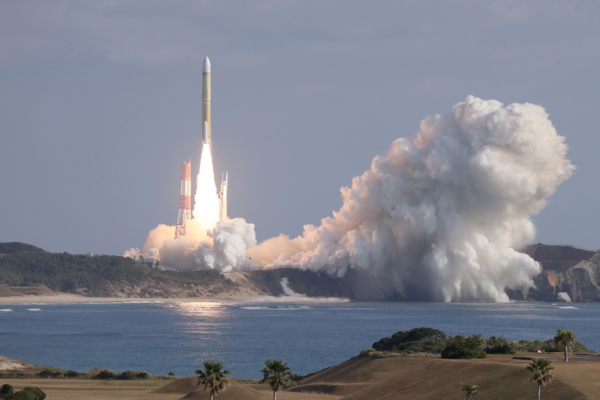Japan successfully launched its latest domestically-produced mainstay rocket, H3, sending the Earth observation satellite “Daichi 4” into orbit on Monday (July 1). The launch took place from the Tanegashima Space Center, located approximately 1,000 kilometers southwest of Tokyo. The Japanese aim to establish the H3 as a commercial launch vehicle in the fiercely competitive international launch market.
Approximately 17 minutes after liftoff at noon local time, the two-stage liquid hydrogen and liquid oxygen engine rocket successfully placed the 3-ton “Daichi 4” satellite into a sun-synchronous orbit, marking a successful launch.
“Daichi 4” was developed by JAXA and Mitsubishi Heavy Industries at a cost of about 32 billion Japanese yen to replace the aging “Daichi 2”. It can be used to monitor disaster situations caused by natural calamities and detect changes in the Earth’s crust. Moreover, it can observe the ground using radar during nighttime or inclement weather, with a coverage area four times that of “Daichi 2”.
The H3 rocket measures 63 meters (297 feet) in length and can carry a payload of 6.5 tons. In the long run, JAXA aims to reduce launch costs to 5 billion yen (33 million USD) per launch by adopting simpler structures and automotive-grade electronic equipment, equivalent to half of the H-IIA launch costs.
Jointly developed by JAXA and Mitsubishi Heavy Industries since 2014, the H3 rocket aims to halve launch costs to compete with SpaceX’s Falcon 9 in the future and enhance its global competitiveness.
The H3 rocket’s first launch in March 2023 ended in failure, resulting in Japan’s loss of the Earth observation satellite “Daichi 3”.
On February 17 this year, the H3 rocket successfully flew for the first time on its second launch. However, due to the risk of failure, it carried only two ultrasmall satellites similar in weight to “Daichi 3” and a model satellite to test the rocket’s performance.
Japan plans to launch five rockets by the end of the fiscal year 2024, including three H3 rockets and two H2As.
The H2A has been Japan’s main launch vehicle since 2001, and after the scheduled launches this fiscal year, it will be retired. Starting in the fiscal year 2025, the H3 will completely replace the H2A.
SpaceX’s Falcon 9 rocket is the global leader in the launch market. Not only is it cost-effective, but it also has a high launch frequency, with 96 launches last year, offering satellite operators more launch options.

